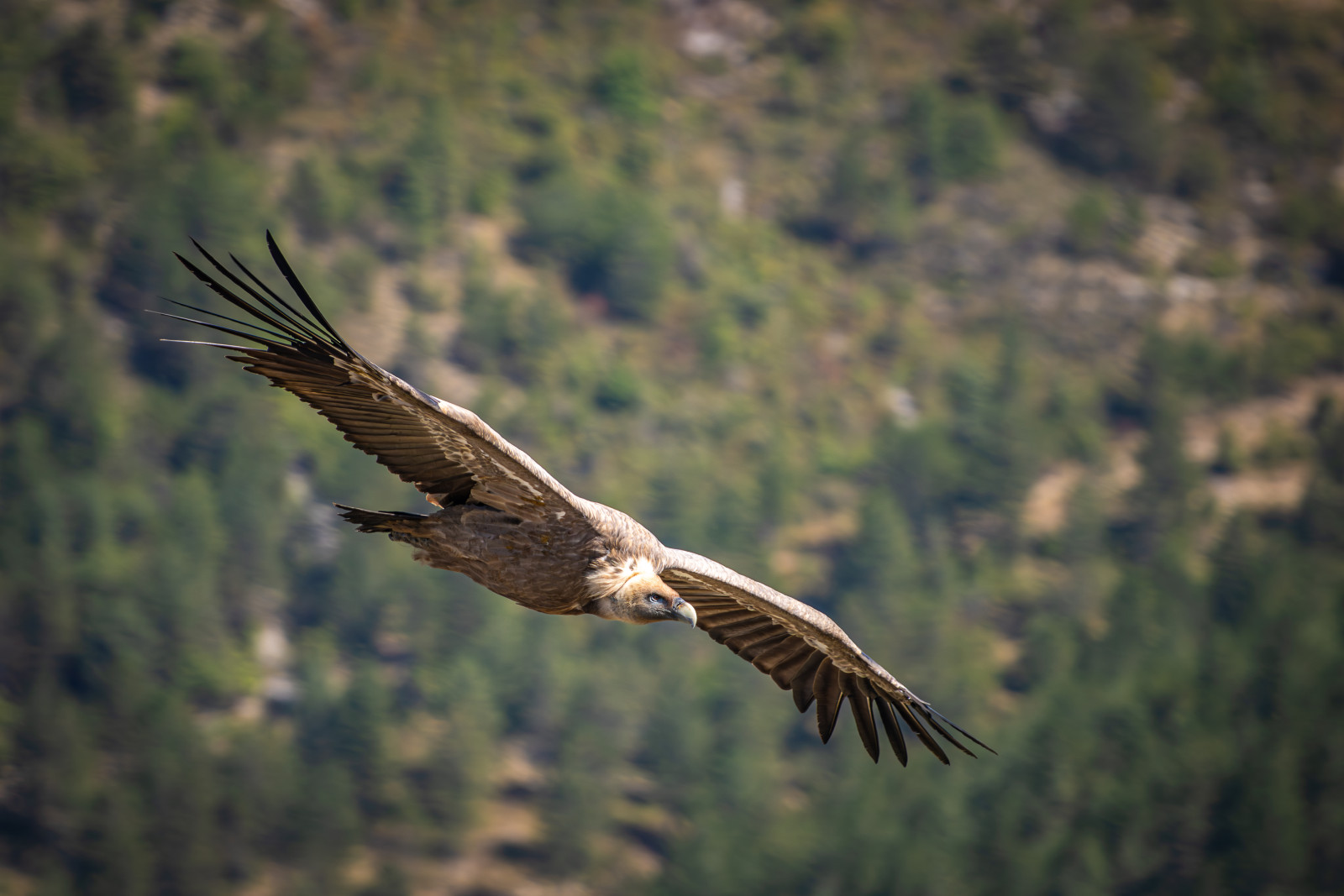Opis
The Rocher du Caire above Remuzat is a great place to see vultures up close. These vultures were reintroduced in 1996. The vultures have colonized the cliffs of the Baronnies Provençales. The view is is impressive and in the depth you can see the town of Remuzat. From the viewing point you can see both sęp płowy and sęp kasztanowaty here. And if you are very lucky orłosęp and ścierwnik. But also birds of prey like gadożer and kania czarna. And other birds like kruk, jaskólka skalna and jerzyk alpejski.
Szczegóły
Dostęp
To get there, drive up at St. May. St. May is located along the D94 towards Nyons (from Remuzat). It is a narrow mountain road so you should not be afraid of narrow roads and depths. You really drive all the way down. You first pass a small church and a few houses. Continue to a large parking lot (gravel) with an information board with a brief explanation of the vultures. To go directly to the parking place click on the P in the map.
From the parking you walk on the dirt track in about 15 minutes (1,5 km) to the edge of the rock (a large cross). From there you can observe the vultures nicely.
Teren i siedlisko
GóryWarunki
Górzysty , SkalistyTrasa dookoła
NieCzy luneta będzie przydatna ?
NieUdany sezon obserwacyjny
Wiosna , Jesień , LatoNajlepszy czas na wizytę
WiosnaTrasa
Szeroka ścieżka , Wąski szlakPoziom trudności szlaku pieszego
Średnio wymagający spacerDostępne
PieszoCzatownia/platforma obserwacyjna
NieDodatkowe informacje
There is a walk of about 2 hours on top of the rock for the average hiker. Follow the yellow markings. The walk is available at the Tourist Office of Remuzat. For the very sporty hiker there is also a hike from Remuzat up the rock. There is a section where you have to climb over rocks and iron braces.




